Noisy and full of personality, crows, ravens, and grackles are very noticeable. But telling them apart is a different story. So just how can you distinguish a raven from a crow from a grackle? And what makes these birds unique? Read on.
Common Ravens
Ravens, like crows and jays, belong to the family Corvidae. Incredibly intelligent, ravens can even learn to imitate human speech—and some have been taught to say “Nevermore!”
Common Ravens once lived throughout New England, but European settlers saw them as farmers’ pests, lamb-killers and ill omens and did their best to exterminate them. Early colonists also clear-cut forests, which was bad for these birds because they prefer heavy, undisturbed woods. By the 1800s there were few or no ravens in the region. As the forests have regrown and the birds have gained legal protection, ravens have staged a remarkable comeback and are now nesting from the Berkshires to Cape Cod and the Islands.
Tips for identifying common ravens:
- Large size, near that of a Red-tailed Hawk
- Heavy bill
- Shaggy throat when viewed at close range
- Long, slightly pointed wings in flight
- Fairly long wedge-shaped tail
- Frequently seen soaring on flat wings; occasionally tumbles in the air
- Often makes deep, croaking or scratchy, burbling calls
Crows
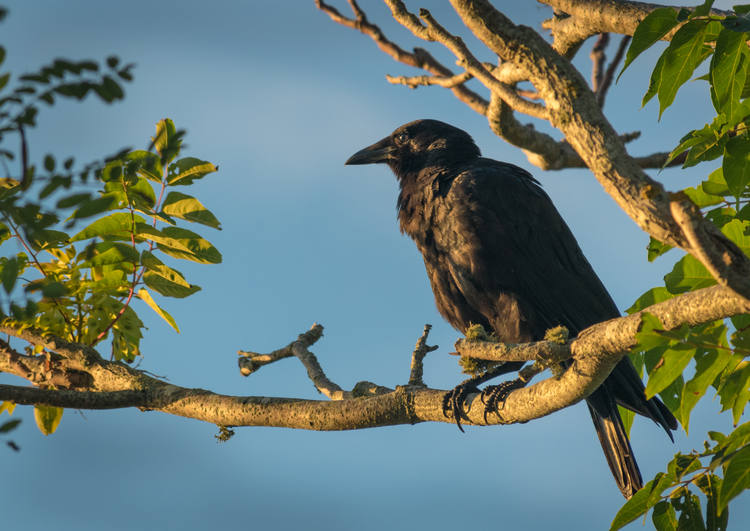
As with Common Ravens, early colonists also detested and hunted crows, but these smaller, more development-tolerant birds were never completely wiped out in the region. Crows are common throughout Massachusetts, and in late fall and winter they often gather in huge nighttime flocks to roost.
There are two species of crows in Massachusetts: American Crows and Fish Crows. They look nearly identical, though Fish Crows are smaller, have a more buoyant, fast-flapping flight, and make a distinctly nasal call.
Some tips for identifying crows:
- Slimmer beak than raven, with a short tail that is squared off at the end (unlike ravens’ longer, wedge-shaped tails)
- Broader, shorter, and less pointed wings than ravens
- American Crows make a clear-sounding caw that is higher pitched than the deeper croak of a raven
- American Crows are almost as large as a chicken
- Fish Crows make an even higher-pitched, more nasal sounding caw that sometimes sounds like the phrase uh oh!
Common Grackles
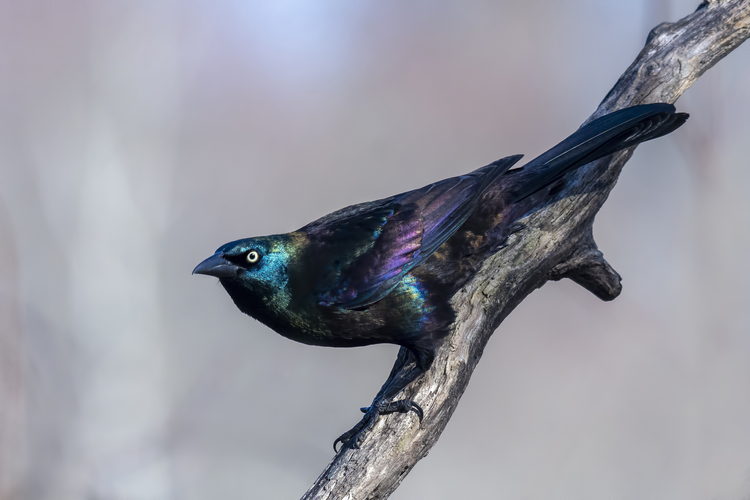
Despite also being targeted as pests, Common Grackles managed to prosper after European settlers arrived. Grackles tend to avoid thick, unbroken forests and readily inhabit settled areas. Grackles are members of the blackbird family Icteridae, as are various other Massachusetts birds such as meadowlarks, Bobolinks, and orioles. The Common Grackle is the only grackle species that breeds in Massachusetts.
Tips for identifying common grackles:
- As large as a robin
- Slender body
- Long tails relative to their body size; often appears keel-shaped in flight
- Iridescent blue feathers in a rainbow of colors (especially on the head)
- Striking golden eyes
- Often makes calls that sound like a rusty gate hinge
Learn More About Birds
Interested in honing your bird identification skills? Check out the resources on Birds & Birding on our website. Download backyard bird checklists, sign up for a bird walk with an expert naturalist at one of our wildlife sanctuaries, and learn all about the birds of the Northeast.
updated August 2021


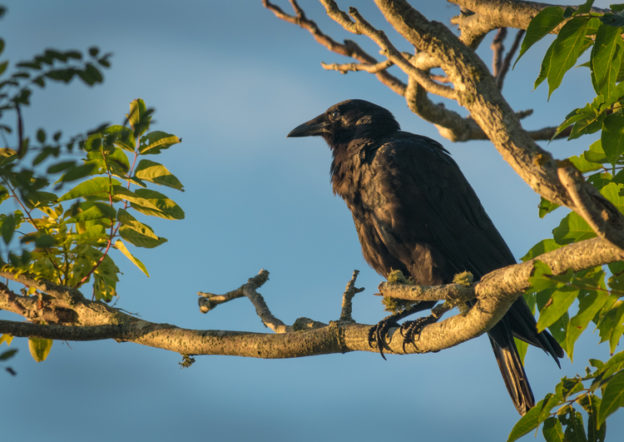
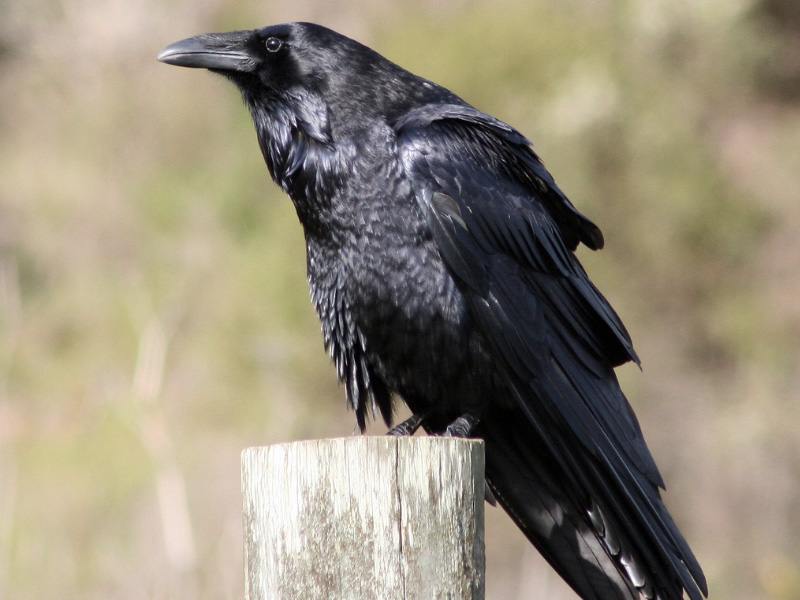
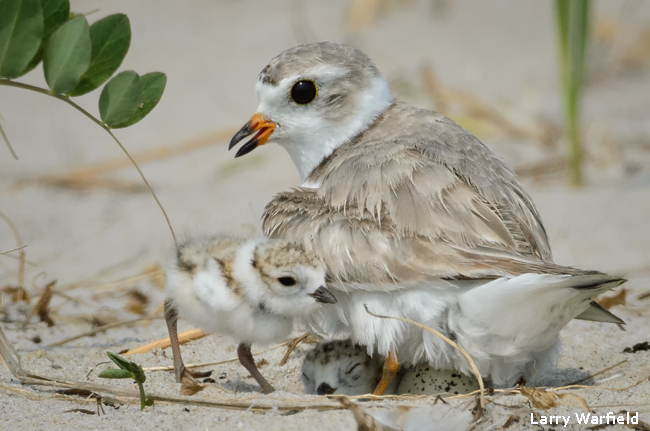
 Imagine if you had up to nine babies at once, and they could all swim within 24 hours of birth. Welcome to the chaotic life of a beaver mom. These large rodents mate for life, and females give birth between April and June to up to nine kits (though a typical litter is four). Both parents raise the kits, along with a little help from older young who are still living at home.
Imagine if you had up to nine babies at once, and they could all swim within 24 hours of birth. Welcome to the chaotic life of a beaver mom. These large rodents mate for life, and females give birth between April and June to up to nine kits (though a typical litter is four). Both parents raise the kits, along with a little help from older young who are still living at home.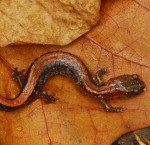 These widespread amphibians are surprisingly attentive mothers—at least until their eggs hatch. Female eastern red-backed salamanders lay about 8-10 eggs in June and July in a sheltered area such as under a log. They then guard their eggs from predators for several weeks. Producing and protecting eggs is so exhausting that these moms usually spend two years eating and building up enough energy before they’re ready to have babies.
These widespread amphibians are surprisingly attentive mothers—at least until their eggs hatch. Female eastern red-backed salamanders lay about 8-10 eggs in June and July in a sheltered area such as under a log. They then guard their eggs from predators for several weeks. Producing and protecting eggs is so exhausting that these moms usually spend two years eating and building up enough energy before they’re ready to have babies.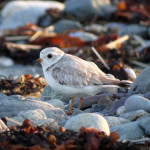 For a piping plover mother, caring for her chicks is an active job. The young birds can run around within hours of hatching. Fortunately, they can also feed themselves right away. They tuck into their parents’ belly feathers from time to time to keep warm, and when this happens, it can look like mom or dad has 10 legs! If a predator approaches, the parents may lure it away by pretending to have a broken wing.
For a piping plover mother, caring for her chicks is an active job. The young birds can run around within hours of hatching. Fortunately, they can also feed themselves right away. They tuck into their parents’ belly feathers from time to time to keep warm, and when this happens, it can look like mom or dad has 10 legs! If a predator approaches, the parents may lure it away by pretending to have a broken wing.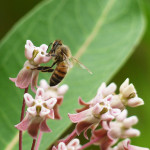 All of the honey bees in a hive have the same mother: the queen. During the peak of summer, this prolific parent may lay 2,000 eggs a day. Luckily, she has plenty of help at home. Her daughters groom her, feed her, bring her water, and see to her every need—almost like it’s Mother’s Day every day.
All of the honey bees in a hive have the same mother: the queen. During the peak of summer, this prolific parent may lay 2,000 eggs a day. Luckily, she has plenty of help at home. Her daughters groom her, feed her, bring her water, and see to her every need—almost like it’s Mother’s Day every day.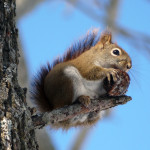 When an American red squirrel mother falls victim to predators, neighbors may adopt her progeny. These helpful neighbors, who are always relatives of the missing mothers, will visit the now-abandoned nest and carry home a helpless youngster to raise as their own.
When an American red squirrel mother falls victim to predators, neighbors may adopt her progeny. These helpful neighbors, who are always relatives of the missing mothers, will visit the now-abandoned nest and carry home a helpless youngster to raise as their own.